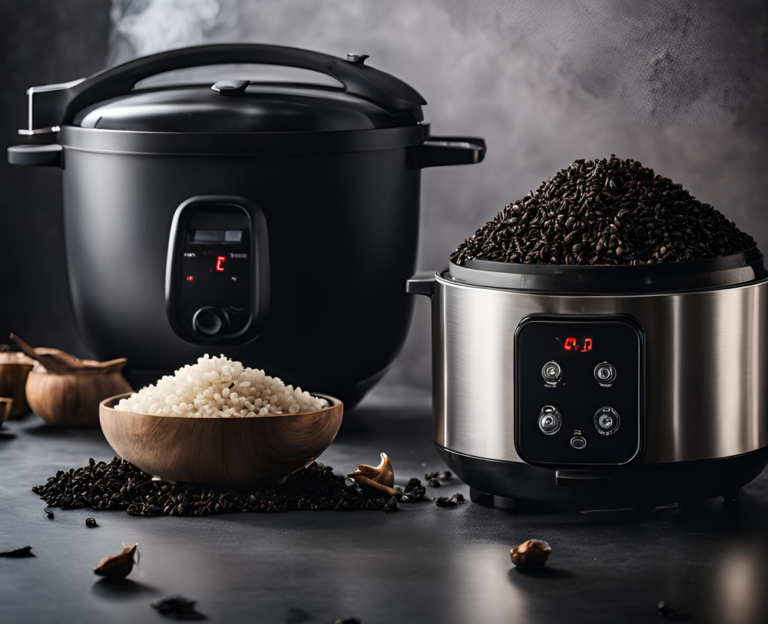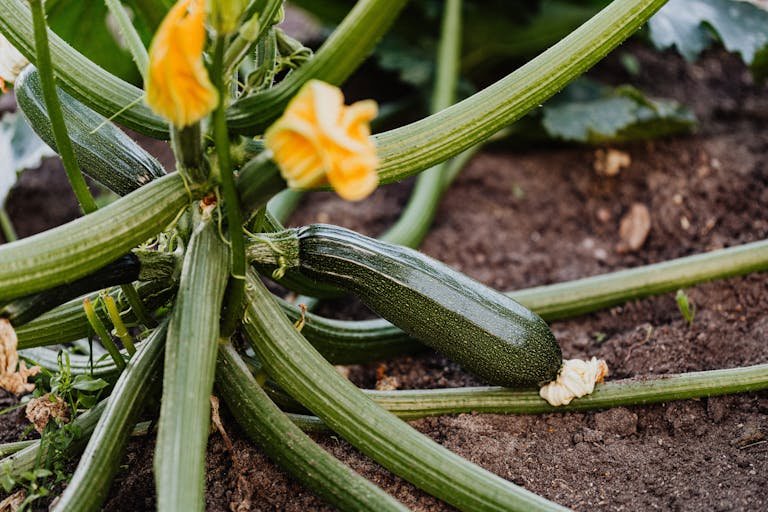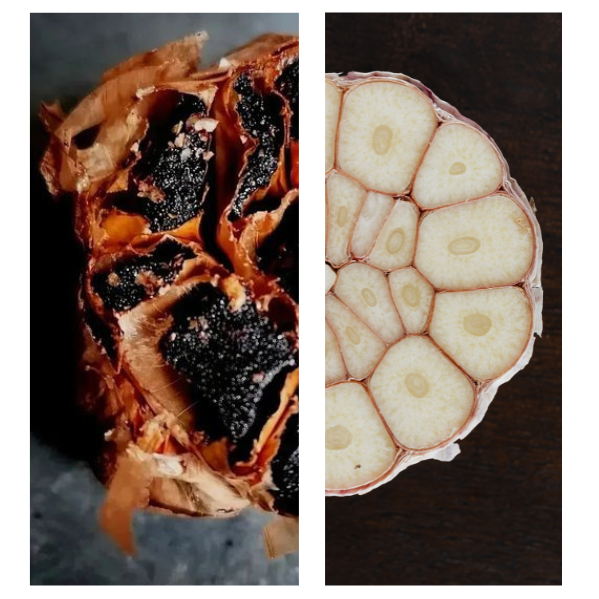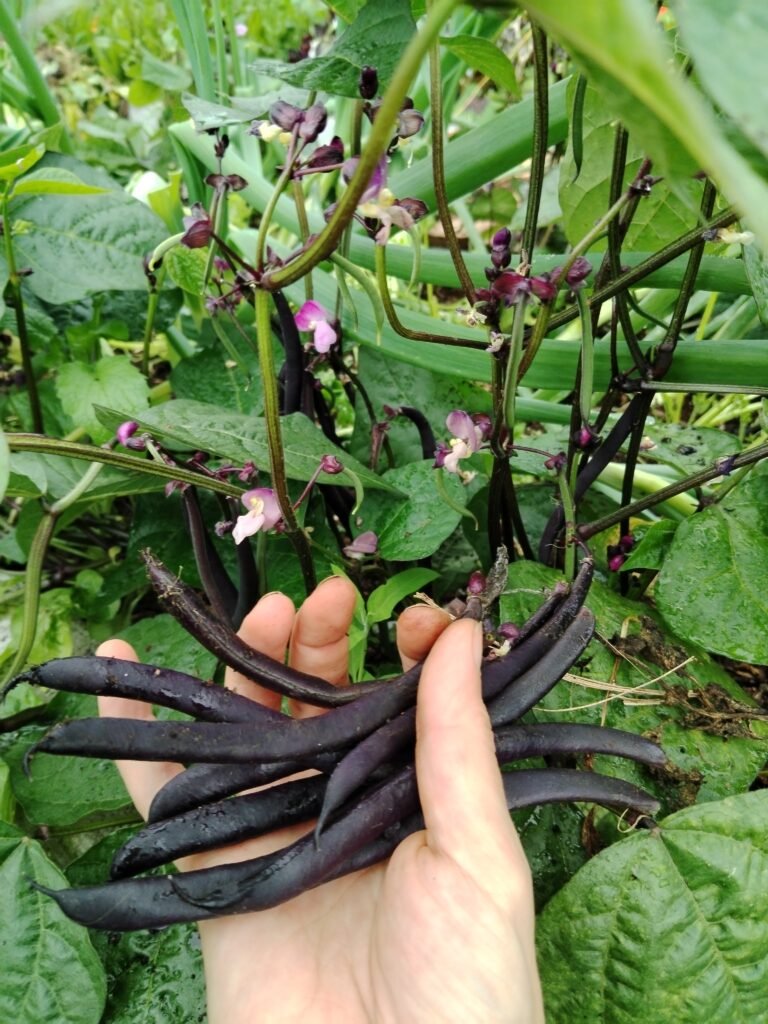
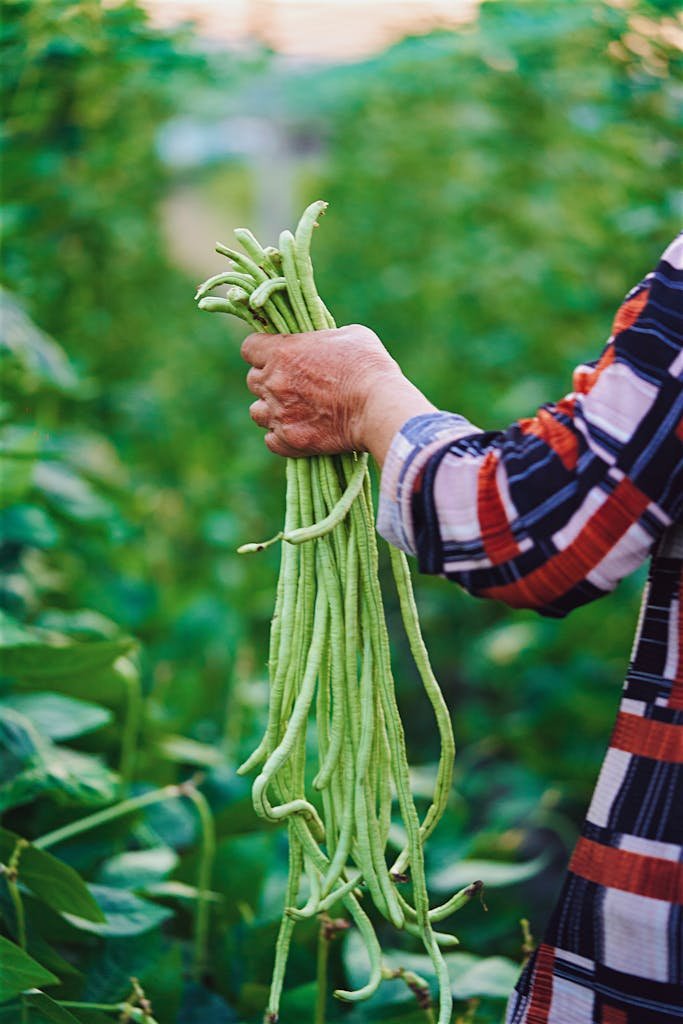
Are you dreaming of crunchy, fresh-from-the-vine pods? Choosing the best green bean varieties is where the magic begins!
There’s something charming about a green bean harvest. Maybe it’s the gentle snap, or how they dangle like little garden treasures.
But not all beans are created equal. Some climb, some sprawl, and others pop up like helpful little friends in tight garden beds. Whether you’ve got a few containers on the patio or a full veggie patch, there’s a green bean that fits just right.
Bush beans are compact and quick to produce. Pole beans? They reach for the sky and gift you weeks of steady harvests.
And within those two camps? A whole world of flavor, color, and character waiting to be explored.
In this guide, I’ll walk you through the top green bean varieties for home growers. We’ll talk flavor, space, support needs, and growing tips. Because beans are generous—give them a little sunshine and they’ll feed you for weeks.
And there’s joy in finding your favorite. Maybe it’s a tender French filet bean. Or a purple-striped climber that looks like art. So grab your seed box, pour a cup of something warm, and let’s find your perfect match. By the end, you’ll know exactly which green bean belongs in your garden beds—and maybe even which ones to share with a neighbor.
Let’s dig in.
Bush Beans vs. Pole Beans: Key Differences
Growth Habits and Space Requirements
Bush beans stay low and tidy. They grow about 1–2 feet tall and don’t need much room.
Pole beans, on the other hand, climb tall. They can reach 6–10 feet, so vertical space is essential.
If you’re working with tight beds or containers, bush beans tuck in easily. Pole beans need more planning and support.
Still, they save ground space by growing up, not out. It all depends on how your garden is set up.
Time to Harvest and Yield Per Plant
Bush beans are quick off the mark. Many are ready to pick in just 50–60 days.
Pole beans take a little longer—usually 60–70 days—but they make up for it.
Why? Because bush beans tend to produce all at once, in a short flush.
Pole beans, however, keep giving over a longer period.
So, if you want one big harvest, choose bush. For steady picking, pole beans are the winners.
Support Needs: Trellises vs. Free-Standing
Bush beans are self-supporting. No trellis, stakes, or strings needed—just plant and let them grow.
Pole beans are climbers. They absolutely need support, like a trellis, bamboo teepee, or fencing.
It’s an extra step, but watching them spiral upward is deeply satisfying.
And they’ll thank you with a taller, easier-to-harvest crop.
Best Use Cases for Small Gardens, Containers, or Raised Beds
Short on space? Bush beans thrive in containers and small raised beds.
They’re neat, fast, and easy to manage—perfect for beginner gardeners or tight spots.
Pole beans are better suited to vertical gardening or larger beds where you can fit a trellis.
However, if you’re clever with vertical space, you can grow pole beans in surprisingly small areas.
Both types have their place—just match the bean to your space and growing style.
Best Bush Bean Varieties for Home Gardens
Bush beans are a favorite among home gardeners—and for good reason. They’re compact, quick to mature, and easy to care for. Because they don’t need support structures, they’re perfect for small gardens, raised beds, or even containers. Even better, they produce an abundant harvest in a short time. You can stagger your plantings and enjoy a steady supply throughout the season. Plus, there’s a variety for every taste and climate. From crisp snap beans to flavorful heirlooms, you’re spoiled for choice. With their reliability and versatility, bush beans deserve a spot in every garden.
‘Provider’ – Early, Reliable, and Cold-Tolerant
‘Provider’ lives up to its name. It’s dependable, producing early harvests even in cooler climates. This variety offers straight, uniform pods with excellent flavor, making it ideal for freezing and canning.
‘Contender’ – Fast-Growing and Flavorful
‘Contender’ is a vigorous grower, maturing quickly and yielding tender, stringless pods. Its rich flavor makes it a favorite for fresh eating, freezing, or canning.
‘Blue Lake 274’ – Classic Flavor and Texture
‘Blue Lake 274’ is a classic heirloom variety known for its straight, plump pods and tender white seeds. It retains its flavor and texture well when canned or frozen.
‘Tendergreen’ – Heat-Resistant and Stringless
‘Tendergreen’ thrives in heat, producing tender, stringless pods. It’s a versatile variety, suitable for fresh eating, freezing, or canning.
Tips for Growing Bush Beans Successfully
- Soil Preparation: Enrich your soil with compost and consider adding mycorrhizae to enhance nutrient uptake.
- Planting: Sow seeds 1 inch deep and 2 inches apart in rows 18 inches apart.
- Watering: Ensure consistent moisture, providing about 1 inch of water per week.
- Harvesting: Pick pods regularly to encourage continuous production and prevent beans from becoming tough.
Top Pole Bean Varieties for Vertical Gardening
Pole beans are the vertical stars of the garden. They climb with enthusiasm and reward you with weeks of tender, flavorful pods. While they take a bit longer to mature than bush types, the yield is often far greater. That makes them a smart choice if you’re short on space but big on ambition. Trellising them is easy—and honestly, kind of fun. Plus, many pole varieties bring beauty as well as bounty. Scarlet blooms, swirling vines, and streaked pods turn your vegetable patch into a work of art. If you’re ready to grow up—literally—pole beans might be your perfect match.
‘Kentucky Wonder’ – Time-tested heirloom flavor
This old-school favorite has stood the test of time. It’s vigorous, dependable, and produces long, tender pods with rich flavor. Perfect for slicing into summer dinners or blanching for the freezer.
‘Blue Lake Pole’ – Crisp, sweet, and high yielding
A reliable workhorse in the garden. The pods are straight, stringless, and bursting with that classic green bean snap. It just keeps producing, week after week.
‘Rattlesnake’ – Striking purple streaks and great flavor
Named for the purple swirls that dance across the pods, this variety thrives in heat and keeps going strong. It’s beautiful, productive, and just as tasty as it looks.
‘Scarlet Runner’ – Edible and ornamental with red blooms
These beans bring a bit of romance to the garden. Vivid red flowers attract pollinators while the pods grow thick and flavorful. Young pods are great fresh, or let them mature for dry beans.
Training and trellising techniques for pole beans
Give them something to climb—bamboo teepees, string trellises, or even old ladders. Keep the structure sturdy and guide the vines gently. They’ll do the rest.
How to Choose the Right Green Bean Type for Your Garden
Choosing the right green bean type starts with taking a look at your space. If you’ve got a tidy little raised bed or container garden, bush beans may be your best bet. They’re compact, tidy, and don’t need support. On the other hand, if you’re working with vertical space—or just love the idea of a climbing vine—pole beans make great use of a trellis or fence.
Next, think about timing. Bush beans often give you a quick, abundant harvest all at once. That’s handy if you want to freeze or can in big batches. Pole beans tend to produce more gradually, which is perfect for fresh eating throughout the season.
Don’t forget to factor in your conditions. Most beans love full sun and well-drained soil, but some—like ‘Rattlesnake’—are especially heat tolerant. If your summers are short, go for early-maturing types like ‘Provider’ or ‘Contender.’
And finally, consider your kitchen habits. Love tender green beans for quick stir-fries? Want to preserve a year’s worth of harvest? Or maybe you just like a beautiful bean on your dinner plate. Whatever your preference, there’s a perfect variety waiting to thrive in your patch of soil.
Pro Tips for Growing Healthy Green Beans
Green beans aren’t fussy, but a bit of care goes a long way. Start with rich, loose soil—beans love it light and well-drained. Skip the high-nitrogen fertilizer. Too much and you’ll get leafy plants with hardly any pods. Instead, mix in compost before planting and top-dress with something gentle like seaweed meal if needed.
Once they’re up, keep the soil consistently moist but never soggy. Beans don’t like wet feet. A good layer of mulch helps hold moisture and keeps weeds at bay. Plus, it keeps the roots cool during summer heatwaves.
Pests? They’ll come sniffing. Aphids cluster under leaves, and beetles chew through tender foliage. Hand-picking works wonders, or you can spray with a homemade garlic or neem solution. For diseases like rust or blight, water early in the day and avoid wetting the leaves. Good air circulation is your friend here.
When it’s time to harvest, pick pods while they’re still young and crisp. Don’t wait until they bulge with seeds. The more you pick, the more the plant produces—it’s a lovely rhythm once you get going.
Harvesting & Storing Green Beans for Flavor and Longevity
Signs your beans are ready to pick
Green beans are best when they’re young, tender, and still smooth. You’ll want to pick them before the seeds inside get too bulky. Look for a firm snap when you bend the pod. That crisp sound means you’ve timed it just right. If they start to feel rubbery or look bumpy, they’ve gone too far.
Best time of day to harvest
Morning is your golden hour. The beans are cool, crisp, and less likely to wilt. Avoid harvesting in the midday sun—it can stress the plant and soften your harvest. Go out with a basket and a gentle touch. The more you pick, the more your plants will reward you with fresh pods.
Storing fresh beans: fridge, freezer, canning
Fresh beans store well in the fridge for up to a week. Just keep them dry and unwashed in a paper or produce bag. For longer storage, blanch and freeze them. It locks in flavor and color beautifully. If you’re into preserving, green beans are perfect for pressure canning—ideal for winter stews and quick sides.
Bonus: Quick-pickling green beans for a tangy treat
Short on time? Try quick-pickling! In just a few hours, you’ll have crunchy, tangy beans ready to snack on or add to salads. Use vinegar, garlic, dill, and a pinch of chili if you like heat. They keep in the fridge for a couple of weeks—if they last that long.
Conclusion: Which Beans Should You Grow This Season?
Growing green beans is one of the simplest joys in the home garden. Whether you choose tidy bush types or towering pole varieties, they’re generous, cheerful plants. They give you crunchy harvests, fix nitrogen into your soil, and reward even forgetful gardeners with pods by the handful.
Now that you’ve met some of the best green bean varieties, it’s time to choose what fits your space. If you’re short on room or want quick harvests, bush beans are your friend. If you have a fence, trellis, or a bit more patience, pole beans will climb right into your heart.
Either way, your garden will thank you. And your meals will too.
Still feeling unsure? Head over to my full post on how to grow green beans for a detailed guide from seed to harvest. It covers soil prep, spacing, watering, and everything you need to get started.
Remember, beans aren’t fussy. They thrive with sun, good drainage, and regular picking. Add a bit of compost, keep them watered, and they’ll keep producing for weeks. You don’t need a perfect plot or years of experience.
Just a patch of soil, a few seeds, and a bit of curiosity.
So go ahead—pick your variety, tuck in those seeds, and watch something wonderful grow. Whether you’re filling jars for winter or munching fresh pods right in the garden, there’s nothing quite like homegrown green beans.
Happy planting, and may your harvest be delicious.

